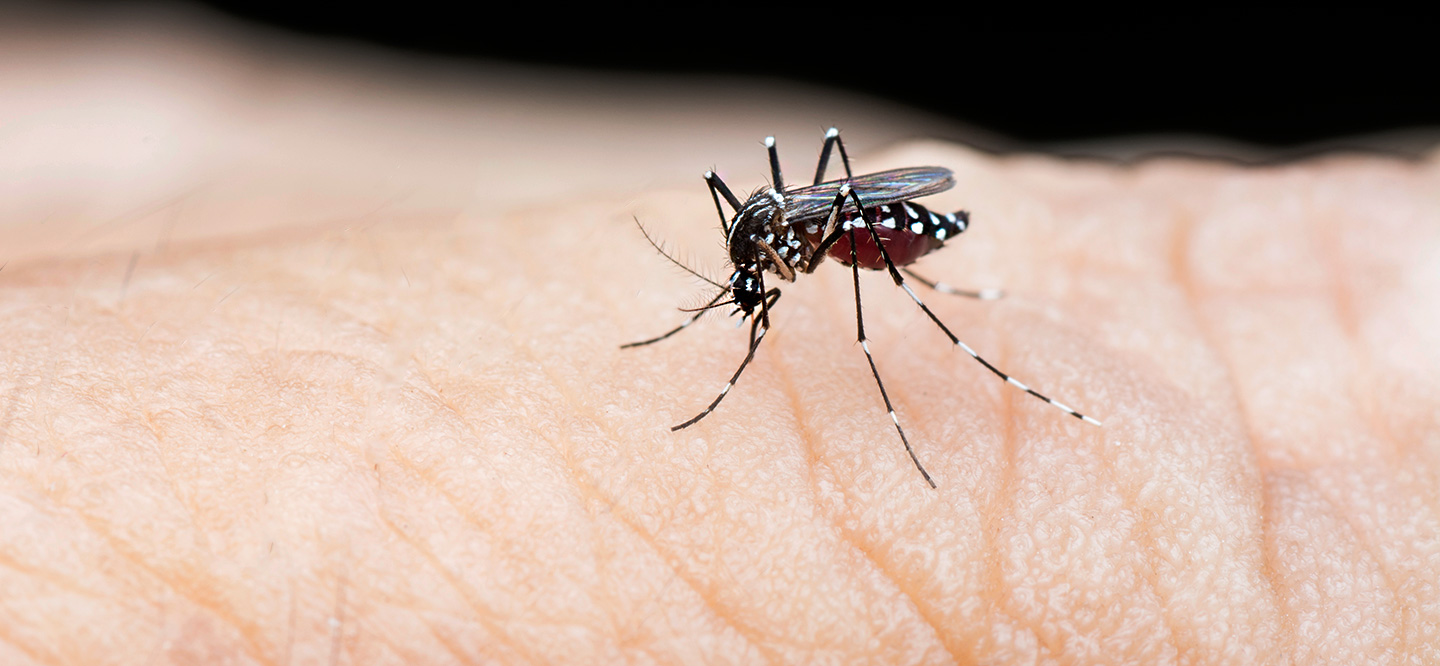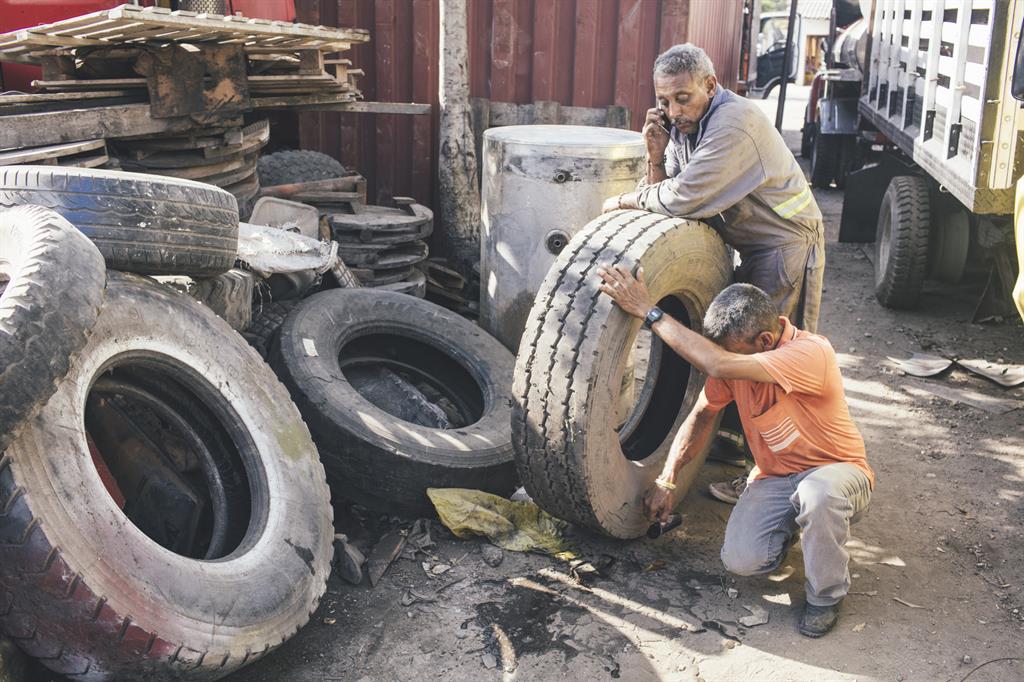Life & Health

If the day's numbers are any indication to go by, then nearly 70 percent of Nepal's population is dengue positive. Of 122 people who went to Sukraraj Tropical and Infectious Disease Hospital for dengue tests voluntarily on Tuesday, 84 tested positive.
Seven dengue patients have been admitted to the intensive care unit while 20 others are undergoing treatment in general beds and cabins of the hospital.
Those testing dengue positive are people visiting the hospital with such symptoms as fever, headache, nausea, vomiting and body ache.
Two of those admitted to the ICU are given oxygen. “Patients who have the chronic obstructive pulmonary disease are in need of oxygen as the dengue virus infects lungs. Dengue causes low BP which is known as the dengue shock syndrome. Four of them have low blood pressure,” said Dr Kijan Maharjan, physician and spokesperson, at Sukraraj Hospital.
According to the Epidemiology and Disease Control Division, 3,227 people have been found infected with dengue from January 1 through August 31.
Dengue cases across the country increased by five fold in August – from 504 to 2,555, the EDCD reported.
"Dengue is a viral infection transmitted to humans through the bite of infected mosquitoes Aedes aegypti mosquitoes and, to a lesser extent, Aedes Albopictus," according to the World Health Organisation.
Also Read: Another infection to be cautious about - dengue
Kathmandu valley is home to over 1,800 dengue patients: Kathmandu – 565; Lalitpur – 1,180; and Bhaktapur – 89 cases – while Rupandehi district hosts 392 cases, according to EDCD.
"Global warming, unplanned urbanisation, increased transportation, and lack of efficient mosquito control are presumably associated with the spread of dengue and its vector to the plain and hilly regions of this country,” researchers Niran Adhikari and Dinesh Subedi argue explaining the causes of dengue in their research paper, ‘The alarming outbreaks of dengue in Nepal’ published in BMC Journal on February 7, 2020.
The UN health body says: Dengue should be suspected when a high fever 104°F is accompanied by two of the following symptoms: severe headache, pain behind the eyes, muscle and joint pains, nausea, vomiting, swollen glands and rashes.
Dengue has spread to 72 districts in Nepal.

There are several factors contributing to this increase and they include high mosquito population levels, favourable air temperatures, precipitation and humidity, WHO states on its official website.
“Water, including rainwater, collected in the tyres, bottles, cups, flower pot trays or open cans and jars provide favourable breeding grounds for the Aedes aegypti mosquitoes. We should therefore clean our environment to prevent the infection spread,” said Dr Gokarna Dahal, chief at vector borne disease control section, EDCD.
Dengue epidemics tend to have seasonal patterns, with transmission often peaking during and after rainy seasons, the WHO says.
The best way to prevent dengue is destroying the breeding habitat of mosquitoes, according to doctors. Their advice: Check for mosquito-breeding sites in containers, flower pots and other areas.
Preventive measures
- Wear full sleeved clothes
- Maintain clean environment
- Use anti-mosquito repellents
- Use mosquito nets
- Use window and door screens
- If possible, avoid being outside at dawn, dusk, and early evening
- Remove any stagnant water around house

_11zon1681280198.jpg)




